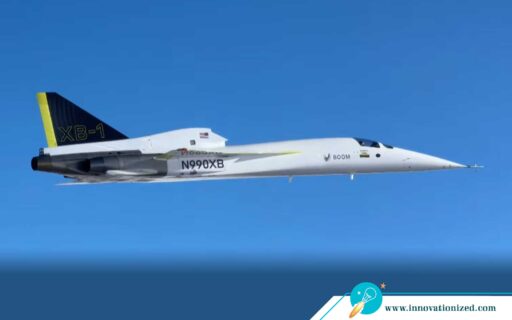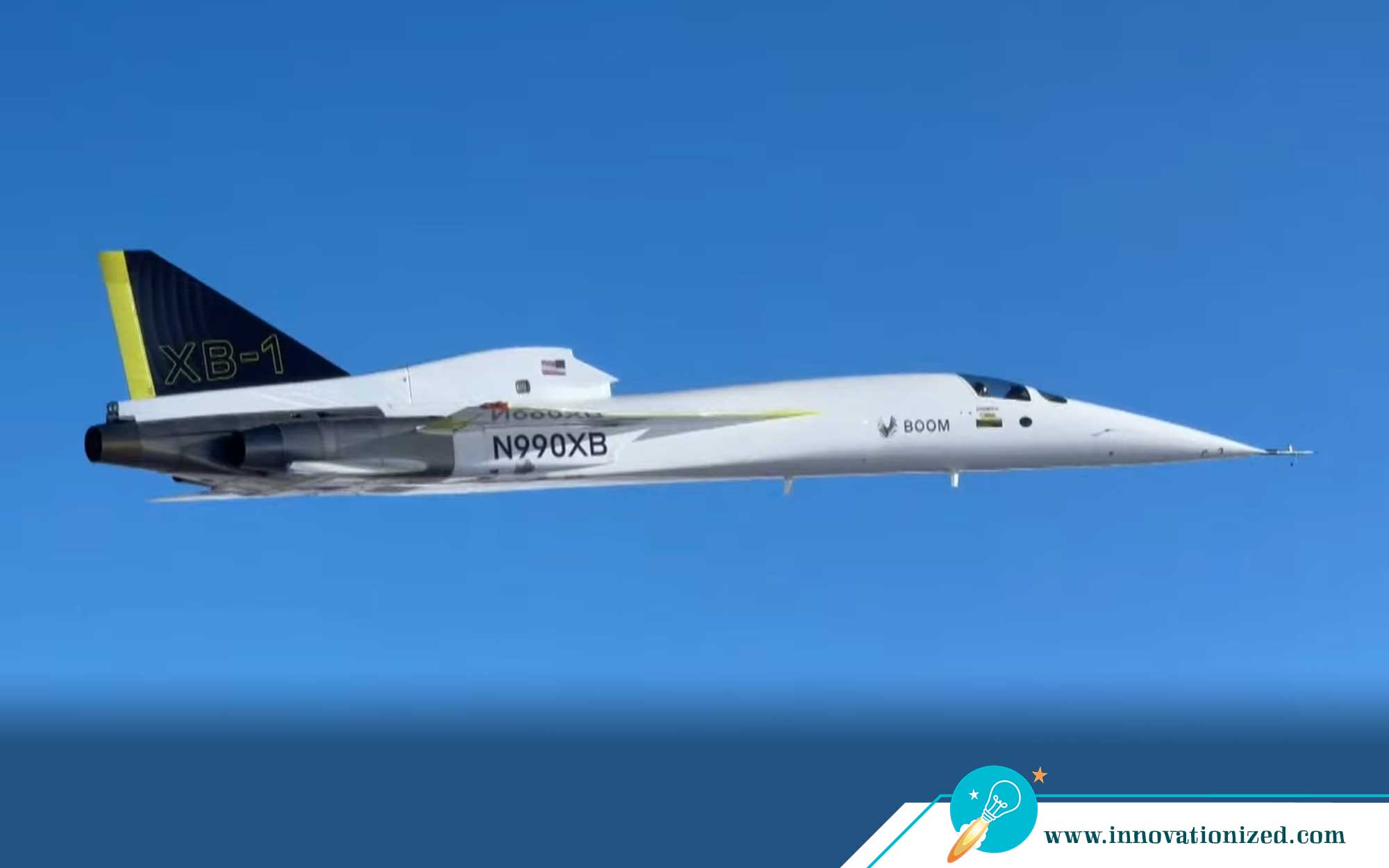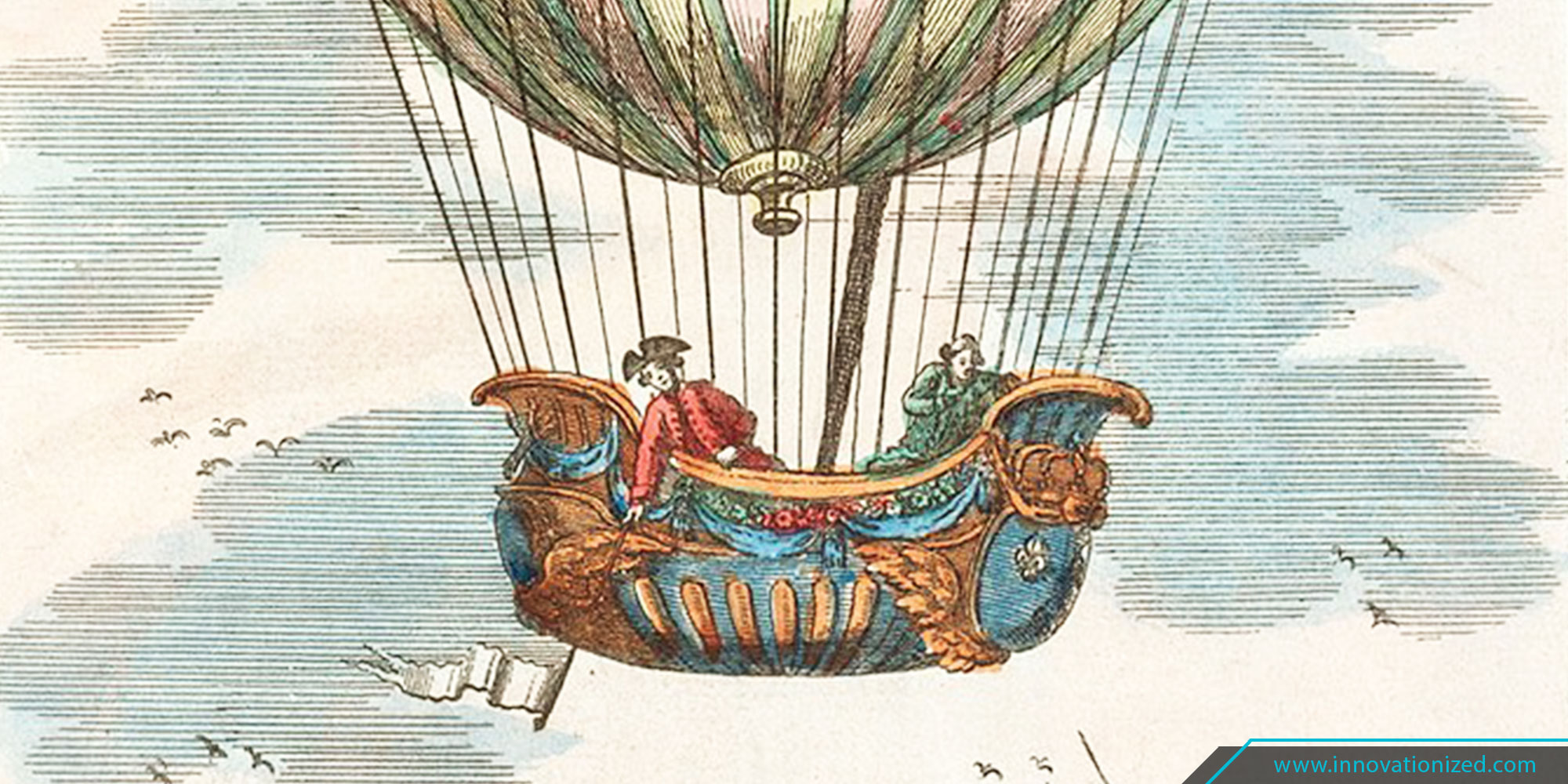History made over the Mojave Desert as first US civil aircraft breaks the sound barrier
A New Era of Civilian Supersonic Flight Begins
Yesterday marked a monumental milestone in aviation history as Boom’s XB-1 demonstrator aircraft, affectionately nicknamed “Baby Boom,” successfully completed its first supersonic flight. The XB-1’s flight represents the culmination of years of innovation, engineering, and determination, signaling the dawn of a new era in which supersonic travel could become accessible to the public once again.
The XB-1 took to the skies over the Mojave Desert in California, a region synonymous with groundbreaking aerospace achievements. Powered by three General Electric J85 engines, the sleek, carbon-composite aircraft accelerated to speeds topping Mach 1.1, breaking the sound barrier with precision and grace. This flight demonstrated the viability of Boom’s design and technology, opening the way to the next stage of development. The XB-1 is a scaled-down prototype of Boom’s planned Overture airliner, which aims to carry passengers at speeds of Mach 1.7, cutting international flight times in half.
The successful flight of the XB-1 is a testament to the free market’s power to enable innovation and collaboration, in extremely technical fields like aerospace and aviation. Boom Supersonic has partnered with industry leaders, including Rolls-Royce and NASA, to bring this vision to life. The data collected from this flight will be invaluable in refining the design and performance of Overture.
This brings us a step closer to a world where supersonic travel is not just a luxury for a few, but a practical and affordable reality for the vast public. XB-1’s flight is more than a technological achievement; it’s a symbol of human ingenuity and the relentless pursuit of progress. The era of supersonic travel is no longer a distant dream—it’s on the horizon, and the XB-1 has just brought it one step closer.
Congratulations to the team at Boom!
Learn more about Boom Supersonic.







